Climate Change Fuels Coral Bleaching
Climate change and the environment are taking center stage at the Fifty-fifth Caribbean Broadcasting Union’s Annual General Meeting in Belize. In collaboration with the regional organization, the Caribbean Climate Change Community Center is hosting a group of journalists from across the region to discuss the importance of climate reporting. News Five’s Paul Lopez has been in Placencia since Saturday. On Sunday, he joined the delegation on a trip to Laughing Bird Caye where he saw firsthand how a non-governmental organization is fighting back against the impact of climate change on one of the world’s most valuable ecosystems, coral reefs. Here is that report.
Paul Lopez, Reporting
Coral reefs play an important role in many aspects. They provide coastal protection from storms and floods. Coral reefs also contribute to economies across the world, particularly through the tourism industry.

Monique Vernon
Monique Vernon, Coral Reef Practitioner, Fragments of Hope
“Without the barriers reef the storm in the area would devastate the corals. So, for us it plays and important role, because we know they absorb carbons. They also slow down the storm, wave actions and so forth. They provide food and livelihood to many of the people on the coastlines. We get a lot of tourists coming out here to view the corals we have.”
Belize has the largest barrier reef or the largest coral reef system in the western hemisphere. It is under threat from coral bleaching.
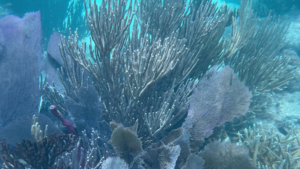 Monique Vernon
Monique Vernon
“The way how coral bleaching works is first of all, corals are animals. And there is an algae which is a plant that lives inside the animal. Because they that allows corals to get the colors they have. When the temperature gets too hot for the corals and the algae, the algae say I got to go, because it is too hot, and I can’t stay. They expel themselves from the coral and the coral loses its color and that is what the coral bleaching is. But when corals lose their color, they are not technically dead. We at Fragments of Hope say they are dead when it is white, but you see other algae’s goring on top the coral.”
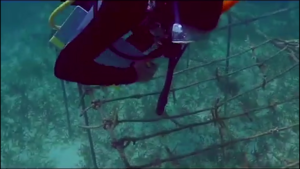 As the world’s temperature increases and affects climate change trends, corals are being exposed to severe heat. Coral bleaching has become a global crisis, Belize is no exception. Vernon says incidents of coral bleaching are now being recorded much earlier in the year. The worst-case scenario, according to Doctor Colin Young, is the loss of seventy to ninety percent of the world’s coral reef.
As the world’s temperature increases and affects climate change trends, corals are being exposed to severe heat. Coral bleaching has become a global crisis, Belize is no exception. Vernon says incidents of coral bleaching are now being recorded much earlier in the year. The worst-case scenario, according to Doctor Colin Young, is the loss of seventy to ninety percent of the world’s coral reef.
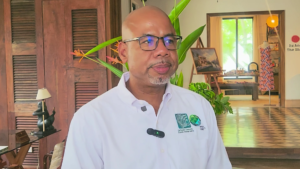
Dr. Colin Young
Dr. Colin Young, Executive Director, CCCCC
“Ironically you ask because this year has been one of the worst year for coral bleaching across the world, why because ocean temperatures have been one of the hottest it has bene since recorded history. But more importantly we are working with organizations like Fragments of Hope, looking at how you replant corals with climate resistant variety of corals. While this is a small example it is a pilot that once it is successful it can be scaled up across the region.”
One non-governmental organization is fighting back against the effects of climate change on corals. Fragments of Hope works to restore corals destroyed by natural disaster and impacted by coral bleaching. The organization’s largest and longest standing nursery exists just off the coast of Laughing Bird Caye. A media trip to the island gave reporters a firsthand look at their work.
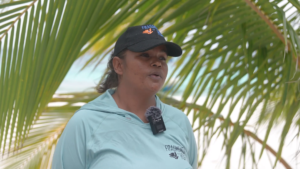
Natasha Gibson
Natasha Gibson, Coral Practitioner, Fragments for Hope
“What you will see personally today is sixteen-year-old standing elk horns out here surviving from tremendous devastation, climate change, natural disaster caused by humans, it is still standing. After sixteen years we have standing out planted corals out here. We have tiny, small baby fragments that we planted just before the bleaching session last year. That is looking alive as well. When we choose genets to plant, when we go and collect from our mother coral, whether it is closer to the reef or in the reef whereby we take stuff from nearshore simply to see how these coral genets and species are working with the different climate temperatures when we move them around.”
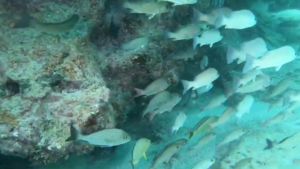 Coral reefs are also home to a large variety of marine life, putting Belize’s fisheries stock at risk of significant decline. Notwithstanding the work Fragments of Hope has accomplished, Doctor Young says more must be done urgently.
Coral reefs are also home to a large variety of marine life, putting Belize’s fisheries stock at risk of significant decline. Notwithstanding the work Fragments of Hope has accomplished, Doctor Young says more must be done urgently.
Dr. Colin Young
“These impacts are small, and the scale is tiny. And if you think about the size of the reef, not only in Belize, but across the world there is no better way to stop this deterioration than for us to stop putting greenhouse gases into the atmosphere. We cannot adapt our way out of climate change. It is too costly. It is happening to face and these species have evolved under a set of stable conditions, stable climate over a long period of time.”
Reporting for News Five, I am Paul Lopez.





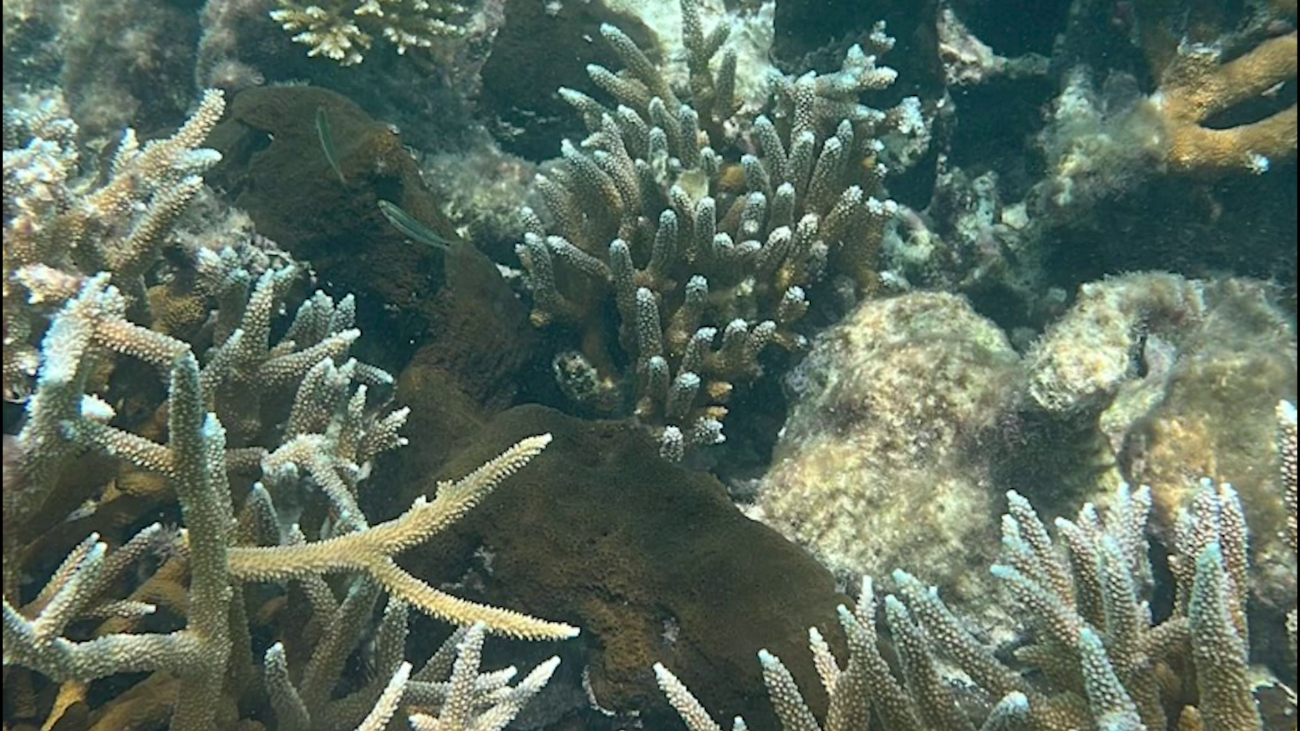
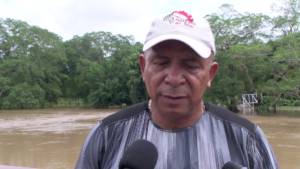
Facebook Comments